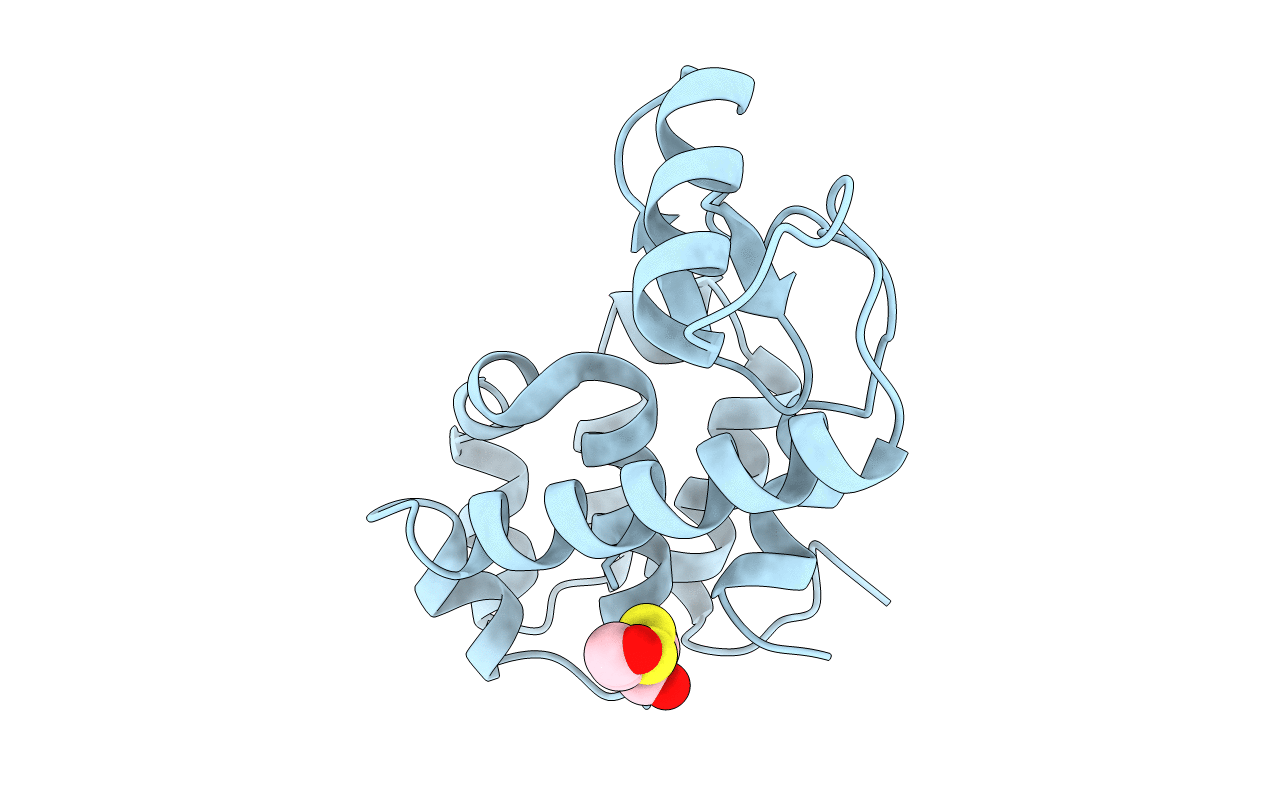
Deposition Date
1999-01-14
Release Date
2000-01-12
Last Version Date
2023-12-27
Entry Detail
PDB ID:
1B6I
Keywords:
Title:
T4 LYSOZYME MUTANT WITH CYS 54 REPLACED BY THR, CYS 97 REPLACED BY ALA, THR 21 REPLACED BY CYS AND LYS 124 REPLACED BY CYS (C54T,C97A,T21C,K124C)
Biological Source:
Source Organism:
Enterobacteria phage T4 (Taxon ID: 10665)
Host Organism:
Method Details:


